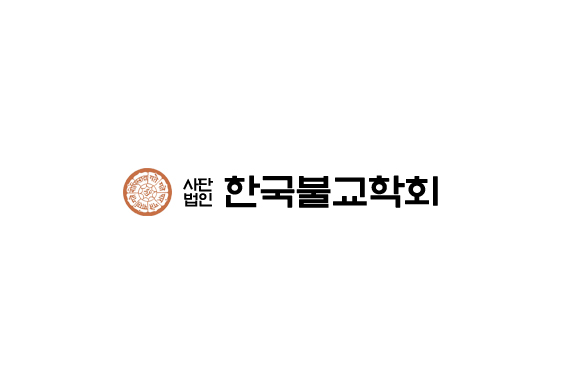성림 월산(聖林月山)의 생애에 관한 고찰 – 「불국사ㆍ청계사ㆍ법주사비문」을 중심으로 –
A Study on the Life of Seongnim Weolsan – Focusing on Bulguksa, Cheonggyesa and Beopjusa Epitaphs –
이창환
동국대학교
한국불교학
2024, vol., no.110, pp. 111-148 (38 pages)
한국불교학회
초록
이 논문은 근현대 한국불교에서 중요한 위치를 차지했던 성림 월산(聖林月山, 1913-1997)의 생애를 세 곳에 흩어진 비문을 중심으로 고찰하기 위함이다. 이를 위해 월산의 탑비와 그 현황을 살펴보고 비문에 담긴 월산의 주요 행적을 조명하고자 한다.
제Ⅱ장에서는 월산의 탑비가 건립된 사찰이 월산의 주요 활동 무대였던 점과 탑비 조형이 전통 양식과 현대적 양식의 조합을 통해 새로운 형식으로 조성된 점을 살펴보면서 탑비의 건립과정과 그 특징을 분석하였다.
제Ⅲ장에서는 월산의 비문에 나타난 주요 행적을 살펴보았다. 비문에 따르면 월산은 만공을 비롯한 당대 고승대덕의 문하에서 용맹정진하였고 봉암사결사와 불교계 정화운동에 참여하여 불교 중흥에 기여했다. 그는 경허-만공-보월-금오로 잇는 덕숭선맥을 계승하였고 제방선원의 조실로 추대되어 선풍을 이끌었다. 또한 폐허가 된 불국사를 부흥시키며 3대 불사(수행ㆍ교육ㆍ포교)를 진행하였고 총무원장을 비롯한 여러 종단 소임을 역임하며 불교계 발전에 기여하였다.
특히 그의 비문에는 본래무일물(本來無一物)과 불성상청정(佛性常淸淨)의 진가설(眞假說)에 대한 문답, 돈오와 점수의 논쟁에 대한 원융무애한 선관(禪觀) 등이 포함되어 있다. 또한 『육조단경』의 ‘본래무일물’ 게송을 읽고 출가하여 30여 년 동안 매년 육조기일에 쌍계사 육조정상탑(六祖頂相塔)을 참배한 특별한 증언이 담겨 있다. 이러한 기록은 월산의 비문이 그의 생애뿐만 아니라 그의 사상 연구에도 중요한 가치를 지니고 있음을 시사한다.
This study aims to look into the life of the Buddhist monk Seongnim Weolsan (1913-1997), who played a significant role in the modern history of Korean Buddhism, based on the epitaphs found in three different places. We will investigate the stele of Weolsan and its status, unraveling the significant trajectory of his life shown in the stele.
Part 2 examines the construction of Weolsan’s stele combining traditional and modern styles and the importance of the temple where it was erected.
Part 3 focuses on Weolsan’s epitaph inscriptions. According to the inscriptions, Ven. Weolsan lived in valiant devotion under the tutelage of contemporary eminent monks, including Mangong. He participated in the Bongamsa Temple Association and purification movements, contributing to the revival of Buddhism. Weolsan succeeded the Deoksung Seon lineage leading from Gyeongheo to Mangong, Boweol, and Geumo and was selected as the Josil at Jebang Seonwon, leading the Seon tradition. He restored the Bulguksa Temple and conducted the three major Buddhist practices (asceticism, education, and missionary work), contributing to the development of Buddhism as head of the religious order and playing other roles.
His epitaph contains questions and answers on the truth or falsehood (眞假說) of the non-substantiality of all phenomena (本來無一物), inherent Buddha nature’s eternal purity (佛性常淸淨) and Seon contemplation (禪觀) about debates on sudden enlightenment (頓悟) versus gradual cultivation (漸修). Furthermore, the epitaph testifies that he became a monk after reading the verse on the non- substantiality of all phenomena in the Platform Sutra of the Sixth Patriarch (六祖壇經) and visited Yukjojeongsang Pagoda (六祖頂相塔) of Ssangyesa Temple every year on the anniversary of the Sixth Patriarch for 30 years. These records suggest that Weolsan’s epitaph holds profound value not only in understanding his life but also for the study of his philosophy.

